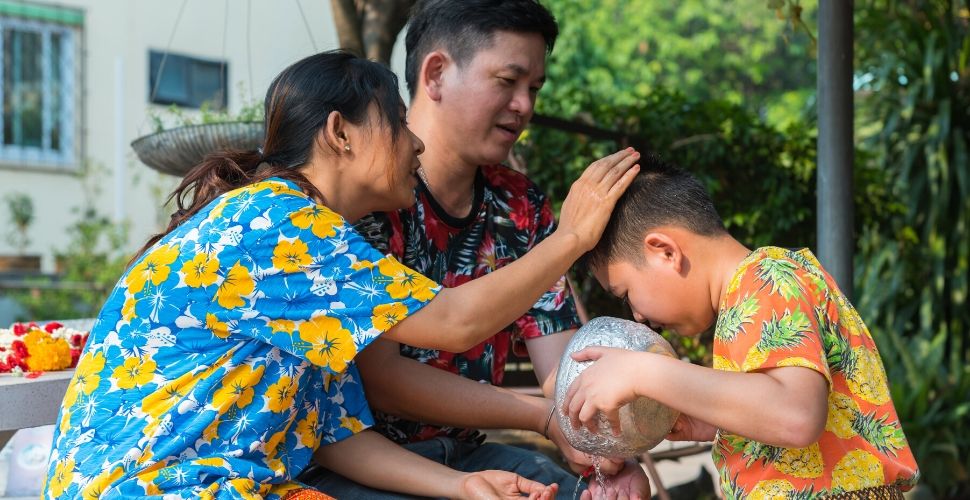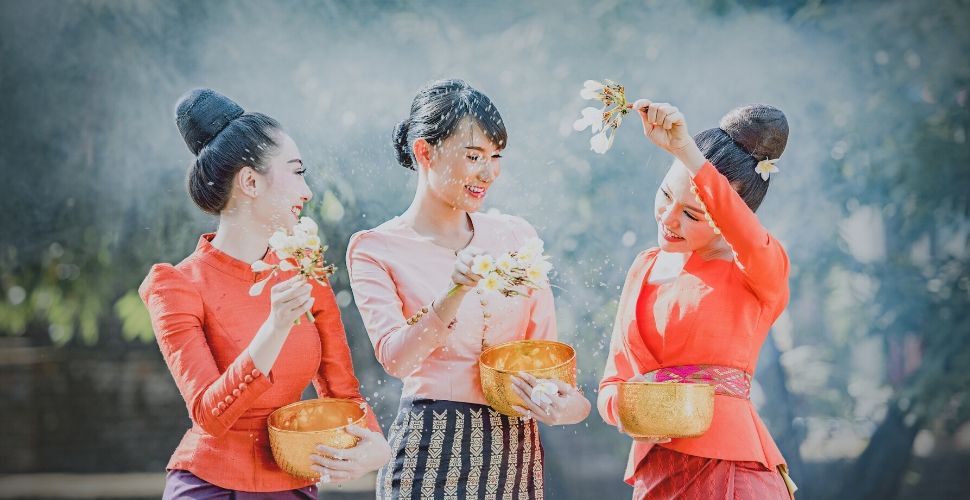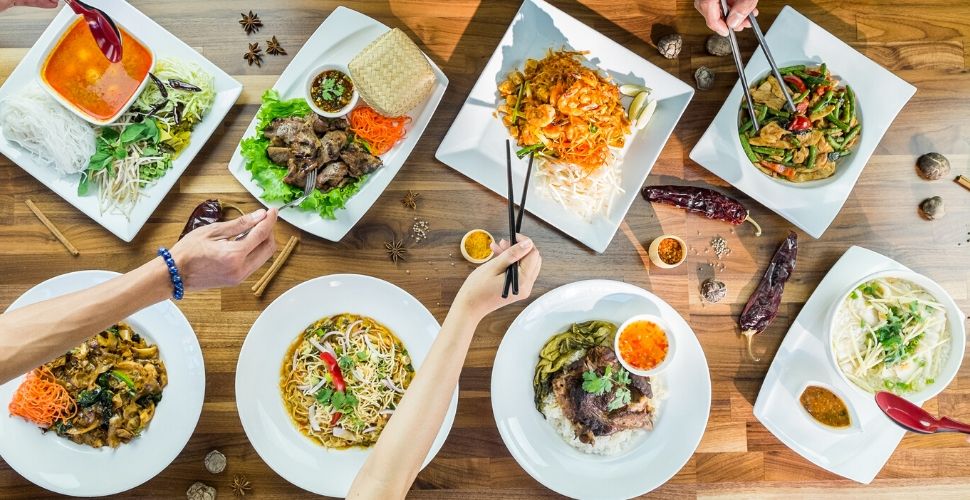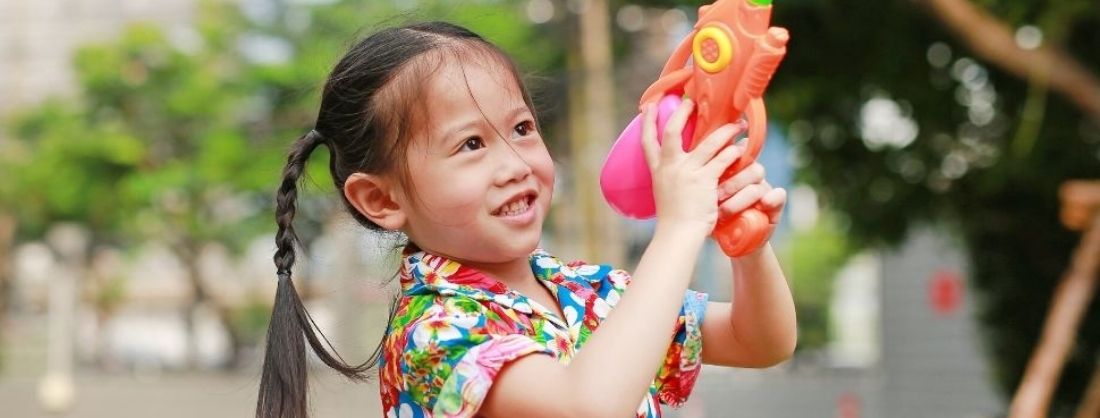12 facts about Thai New Year Celebration
1. Thai New Year is the only holiday in the country that is celebrated according to the solar calendar, so it has fixed dates. At the same time, each province in Thailand announces its own dates of New Year celebrations in April.
2. Thai New Year dates are associated with ancient traditions of tropical astrology that came to Thailand from India.
3. Songkran, which is the name of Thai New Year, originated from the Sanskrit word Sankranti and it means the entry of the Sun into the constellations or the passage of the Sun from one zodiac sign to another.
4. Every year, when the Sun enters the constellation Aires, from 13 to 15 April the Thais celebrate this event by splashing water. This is explained not only by April being the dry hot season, but also by the fact that this ritual can make it rain.

5. In Thai mythology, God Indra is responsible for rains, lightning and rivers. Therefore, Songkran in Thailand is also a celebration of the annual visit of God Indra to the Earth. Even before 13 April, while in the Kingdom, for example, having chosen to rent a villa in Thailand, you can observe his appearance on a multi-headed white elephant in the form of rain clouds.

6. On 13 April, the first day of Songkran, in the Kingdom of Thailand family members pour water into their elders’ hands. They show them respect and receive their blessings. This centuries-old custom is called Rom Nam Dum Hua. Also, juniors in a gesture of reverence to their superiors at work prepare water with rose petals and jasmine oil. This scented water is poured over the palms and feet of their seniors.

7. On 14 April, the second day of Songkran, National Family Day is celebrated in the Kingdom of Thailand. This is the time when the whole family gathers at home or goes to the beach to enjoy Songkran in the family circle by the water. On this day, the youngest in the family prepare garlands of flowers and scented water for the ritual of reverence for their parents.

8. On 15 April, the third day of Songkran, the celebration takes to the streets. On this day, young people play games and splash water. The most important event of the day is Miss Songkran’s coronation. According to an ancient legend, every New Year in Thailand is opened by one of the seven divine daughters of one of Brahma’s avatars…

9. This year, the solar new year started on Monday. Princess Koraka Devi opened it in a traditional beige dress embroidered with pearls. She was wearing pieces of jewelry with moonstone. And she appeared riding a white tiger… Imitating these descriptions, girls enter contests and participate in parades. According to the elected Miss Songkran, predictions for the coming year are made in many settlements in the country.
10. In April 2016 in Thailand a series of postage stamps depicting the Seven Divine Daughters was printed. They symbolize the days of the week with which the New Year begins.

11. During the New Year days Thai women cook rice dishes. The main course is made from the hardest kind of rice and water scented with flowers. Rice is served with sweet meat, various types of shrimp paste, sour mango, chili peppers, onions, or fresh cucumbers. For dessert, sweets are made from glutinous rice varieties which are then coloured red, yellow, and green. Desserts are necessarily offered to spirits. Therefore, the table is laid not only inside the house, but also outside.

12. Throughout their centuries-old history, Thai people have used different systems of chronology. The Buddhist calendar, dating back to 543 A.D., is the official one to this day. The Gregorian calendar was introduced in 1940 and the beginning of the New Year was moved to 1 January. The year 2563 officially came to Thailand on 1 January and they celebrated it from 13 to 15 April.
Sawadee Pee Mai! (Happy New Year!)

